Why is it so hot in Ma Boyong that "Antique close encounter of mahjong" and "The Wind Rises in Luoyang" are repeated?
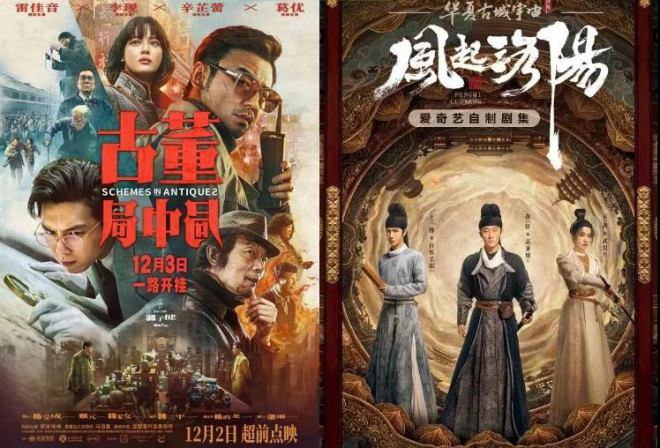
Special feature of 1905 film network "Very comforting, very comforting!"
In the face of the box office success of the film, the original author published a document in Weibo, which was very gratifying.

At present, the total box office of Antique close encounter of mahjong has reached 350 million, ranking first in the box office list in December. The film scored 8.9 points on the ticketing platform and 6.3 points on Douban Film.
While winning praise for its visual spectacle and suspense comedy elements, the success of the film’s drastic adaptation of the original book has also triggered heated discussions between book fans and fans.
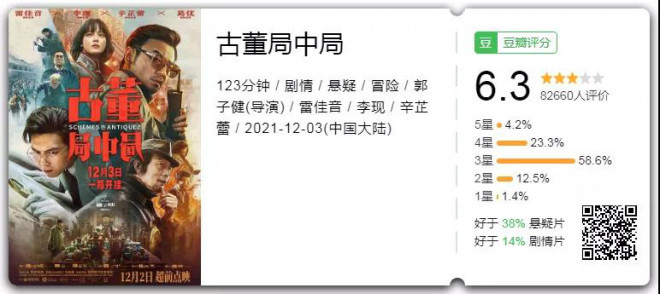
Coincidentally, almost at the same time as Antique close encounter of mahjong, the drama "The Wind Rises in Luoyang", which was also adapted from Ma Boyong’s novels, was also broadcast online, with a score of 7.0.
From the birth of Hidden Dragon of the Three Kingdoms Secrets, to the fame of The Longest Day In Chang’an, and then to the double release of Antique close encounter of mahjong, there has been a real "Ma Boyong fever" in the film and television circle, and there are more than ten related projects to be shown and developed.
Why is Ma Boyong IP popular? What are the difficulties in film adaptation and where is the future?
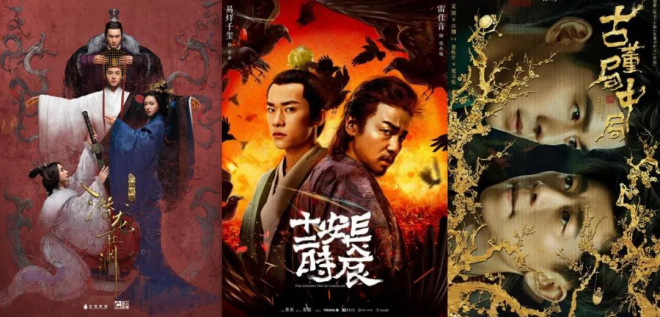
Emphasis and difficulty
How to adapt Antique close encounter of mahjong?
Antique close encounter of mahjong, one of Ma Boyong’s representative novels, has four volumes, which were published in succession from 2012 to 2015. In the 1990s, the elements of antique identification, collection, forgery and deception were fused in one furnace, and a vast and complicated antique Jianghu was built.

The director said that the adaptation of Antique close encounter of mahjong was based on the martial arts sense and Jianghu spirit in the original work. However, it is not easy to visualize the first novel with more than 200,000 words into a two-hour image. The creative team mainly started from three aspects.
One is stories and characters. In order to bring freshness to the audience, the film simplifies and adapts the process of treasure hunting decryption in the original, making the clues more simple and clear, and reducing the characters and plots accordingly.
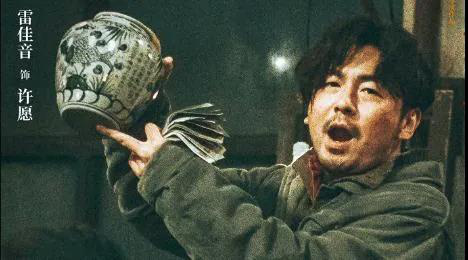
The hero, Wishing for a Wish, is an ordinary antique shopkeeper in the original work, but in the film, director Guo Zijian compares it to Ling Huchong in the legendary swordsman, contrasting the decadence in the early stage with the awakening in the later stage, which makes the drama more prominent.
Emotional refinement and sublimation are also crucial. The film strengthens the hidden elements of father-son affection in the novel, making a wish goes hand in hand with the "father-son affection" between Xu Yicheng and Fu Gui, and also raises the inheritance of father and son to the level of national emotion, setting off a higher theme of protecting national treasures and inheriting traditional culture.

The second is the visual presentation of the text. How to visualize the description of a large number of antique knowledge in the original works, Guo Zijian chose the form of "literary play and martial arts shooting". Combining action, special effects and soundtrack, the process of treasure detection and treasure capture is made into an action drama with a sense of rhythm and picture.
Among them, the scene of wishing and taking medicine is like a master’s trick in a martial arts film, which is regarded as the "master" of this shooting method.
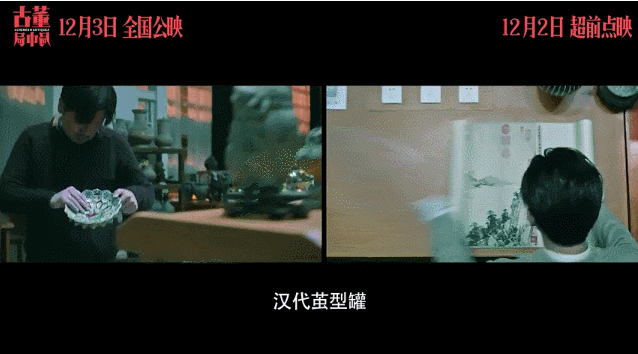
The third is the setting of props. Most of Ma Boyong’s works have detailed and vivid descriptions of scenes, details and sense of time. How to present the features of the antique industry in the 1990s in the original works? The film has made great efforts in setting scenery and fine arts, and built wonders such as the city of Xue Huaiyi, and used hundreds of genuine antiques to add real texture.
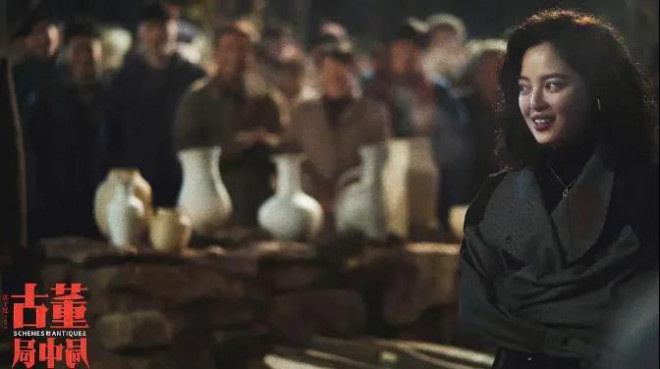
For the above adaptation, Ma Boyong also wrote a comment on the Weibo after watching the film: "The screenwriter made great efforts in adaptation, but he grasped the core wisely. The special effects interpretation of Jianbao several times is amazing. I didn’t expect to have such a freehand expression, which is a unique advantage of the film … There are regrets, but in terms of proportion, flaws don’t hide Yu. "
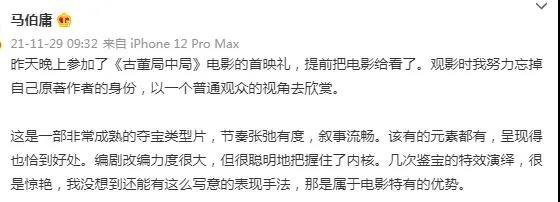
This is also the feeling of many book fans. Generally speaking, the film is a relatively qualified film, but there are also some problems, such as too large adaptation of the original, the logic of the new plot part can not stand scrutiny, and the characters are relatively thin and faceless.
From words to images, changes in length and form bring both advantages and limitations, which is also the difficulty of adaptation.

Word of mouth is uneven
The Gains and Losses of Ma Boyong’s Film and Television Works
Before the movie "Antique close encounter of mahjong" and the series "The Wind Rises in Luoyang", Ma Boyong’s works have been put on the small screen many times.
Those who have met with the audience include Hidden Dragon in the Deep, three series of Antique close encounter of mahjong, The Longest Day In Chang’an, and the two-season animation Whale Ride.

What are the characteristics and advantages of Ma Boyong’s works? Why do film and television circles favor Ma Boyong IP so much?
On the one hand, Ma Boyong has published dozens of literary works, covering fantasy, history, suspense, reasoning and other fields, since his first novel "The Wind Rises in Longxi" in 2005.
In the creation of historical themes, he is good at relying on real historical materials, giving birth to vivid "little stories" in the "gap of official history", looking at big history from a small perspective, and forming his own "historical possibility novels" and "textual research suspense literature".

For example, the starting point of "Fifteen Days in Beijing" is a 40-word record in "Ming History". Ma Boyong combined imagination to develop Zhu Zhanji’s speedy journey from Nanjing to Beijing on the 15th into a novel with 700,000 words.
Although the characters and stories are mostly fictional, the historical details and logic involved in the works are well documented. When writing The Longest Day In Chang’an, Ma Boyong searched a large number of life history, political history, financial history and archaeological reports of the Tang Dynasty, and restored the authentic Chang ‘an City.

On the other hand, "modernity" is also a major feature of Ma Boyong’s historical novels. He once concluded: "The most important thing for readers to read historical novels after thousands of years is resonance, that is, the times."
The era of his little people’s life may be the year before last, but the joys and sorrows, ups and downs of life can resonate with ordinary audiences.

At the same time, Ma Boyong also believes that writing pays attention to the sense of rhythm and fluency of pictures and plots, which is more suitable for film adaptation. His favorite suspense, fantasy, reasoning and other types are also popular in the market, and my own online celebrity attribute adds a "sense of network" to his works.
It has both textual research and imagination, which balances literariness, commerce and entertainment. In addition, historical and traditional cultural themes are conducive to enhancing the artistic value and cultural connotation of the works, so it is expected that Ma Boyong will become the "beacon" of film and television adaptation.

However, judging from the broadcast works, except The Longest Day In Chang’an, most of them have a mediocre reputation. IP advantages may not necessarily translate into high-quality film and television works.
Ma Boyong’s novels focus on depicting the historical space environment and humanistic features, bringing a strong sense of presence, and most of the film adaptation also focuses on exquisite and elegant service. The exquisite reproduction of the prosperous scene of the Tang Dynasty and the film sense of "The Wind in Luoyang" are also the main reasons for the drama’s praise.
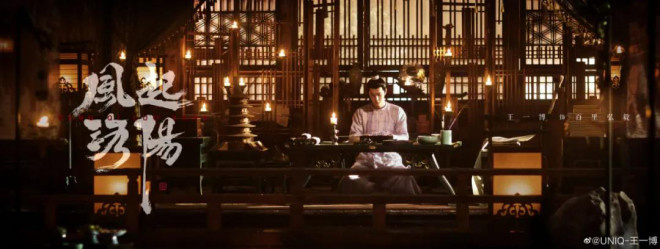
However, if persuasion is a "flower", there must be an excellent script as a "brocade" to be called "icing on the cake", which is also the shortcoming of the above works.
The Secret of the Three Kingdoms magnifies the elements of love and brotherhood, and weakens the scheming part, which is accused of mediocrity. The drama version "Antique close encounter of mahjong" was well received for its performance in "Face-to-Face Casting" with a wish, but the second half of the script was criticized for being lengthy and procrastinating.
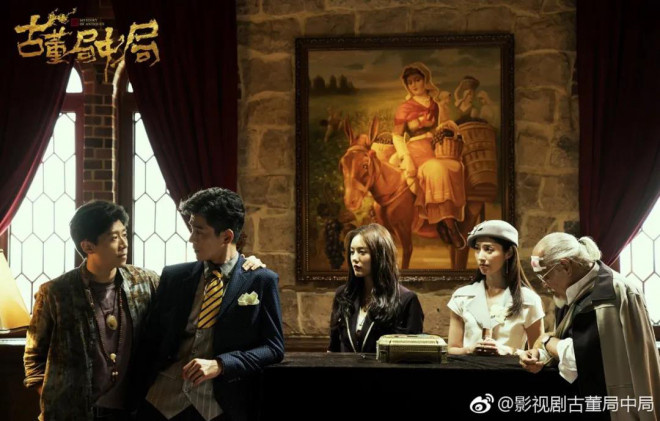
"The Wind Rises in Luoyang" is also criticized by people and stories. Some people lament that the rhythm is fast and compact, while others think that the characters are relatively thin and the plot is mysterious.
In contrast, The Longest Day In Chang’an’s success lies in the rationalization of the original work on the basis of amazing clothing and audio-visual language, with a solid suspense setting, main characters and narrative.
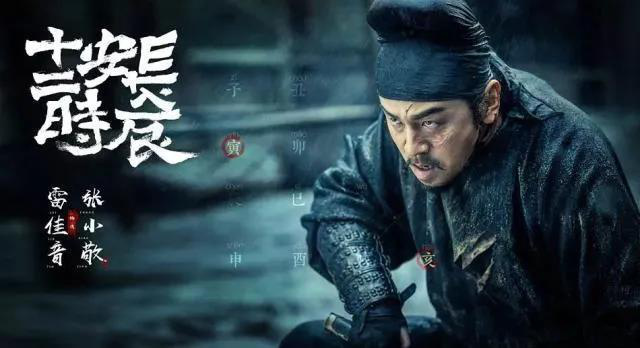
After Antique close encounter of mahjong.
"Ma Boyong Universe" on the road?
According to incomplete statistics, there are more than ten film and television projects related to Ma Boyong waiting to meet the audience, including movies, television, animation, live entertainment, and the themes also cover history, suspense, fantasy and so on.
Among them, more attention is paid to the drama series "The Wind Rises in Longxi" directed by and starring. Lu Yang directed a TV series for the first time, and it is expected whether he can shoot the wonderful tactics and spy war in this masterpiece of Ma Boyong.
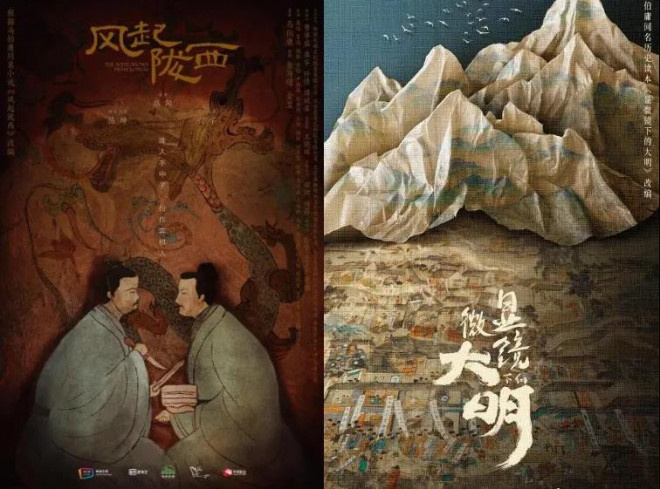
There is also Daming under the microscope, which started in September and directed and starred. It is worth mentioning that the original work is a historical documentary work, which comes from the folk archives of the Ming Dynasty and is not a fiction. Ma Boyong will also be deeply involved in the planning, and make this special theme film and television.
As the only live-action movie in the cinema, it is equally eye-catching. Ma Boyong will personally act as a screenwriter and collaborate with director Cao Dun again to present the story of juvenile growth with Dunhuang history and culture as the background.
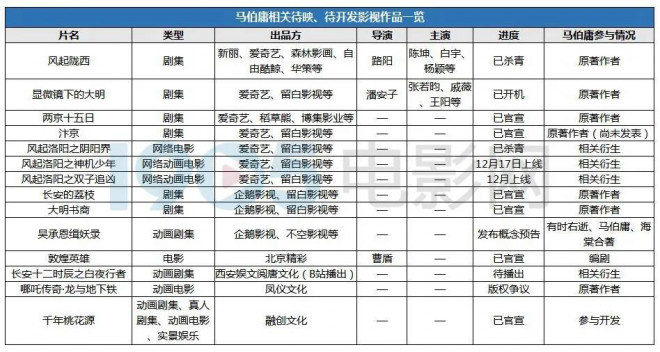
From the above list, it is not difficult to see two major trends of IP film and television development in Ma Boyong.
First, Ma Boyong’s participation is deepening. The team leader once said in an interview that future projects will be divided into two categories: literary IP development and pure film and television planning.
Literary IP development includes adaptations such as Fifteen Days in Two Beijing and Daming under a Microscope. Pure film and television cooperation is the project of Ma Boyong’s literary script creation, such as "film and television first, then novels", "The Wind blows in Luoyang" and "Bianjing", and "Dunhuang Hero", which is the screenwriter directly.

The second major trend is the "one fish eats more" of the same IP. Taking "The Wind Rises in Luoyang" as an example, apart from online drama, iQiyi will also develop derivative works such as animation, online movies, documentaries and comics, as well as multiple forms of expression such as script killing, VR game experience stores, theme hotels and stage plays to create a complete "Luoyang IP World".
At the same time, "Luoyang Series" also belongs to "Ancient Chinese City Universe", which will also include IP such as "The Wind blows in Luoyang", "The Thirteen Lines in Guangzhou", "The Wind blows in Longxi" and "Two Days in Beijing" to show the historical culture and regional characteristics of China.
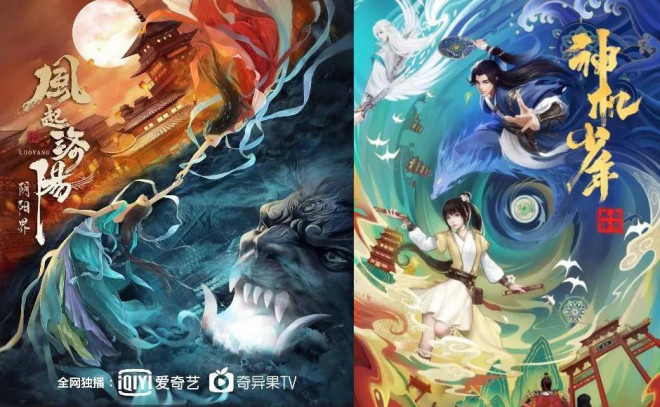
In May this year, Sunac Culture also announced that it would cooperate with Ma Boyong to develop the "Millennium Peach Blossom Garden" IP, and develop animated dramas, live-action dramas and animated films, which is expected to achieve real-life landing.
These IP long-chain development plans undoubtedly provide more imagination space for "Ma Boyong film and television universe", but whether the heat and volume of related IP and the quality of each work can support the development of such multiple long-chain projects will test the creativity and ability of the creators.
"Ma Boyong fever" still reflects the strong dependence of film and television creation on IP. However, in the face of uneven word of mouth, the development of related works in the future should have "cold thinking". "The adaptation of Ma Boyong’s works" is not a gold-lettered signboard, but an excellent script, excellent production and superb performance of actors are the essential elements of "the next explosion".